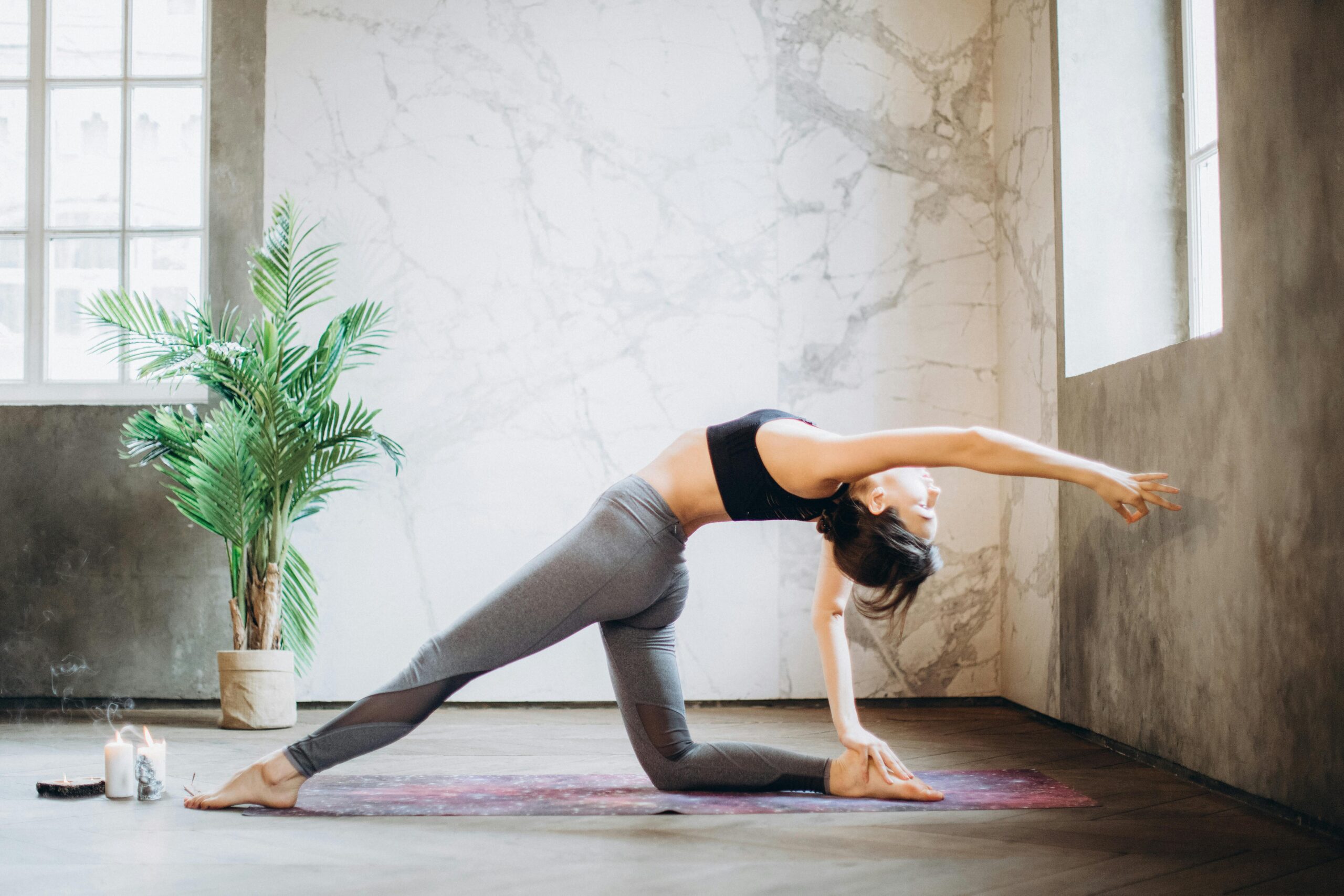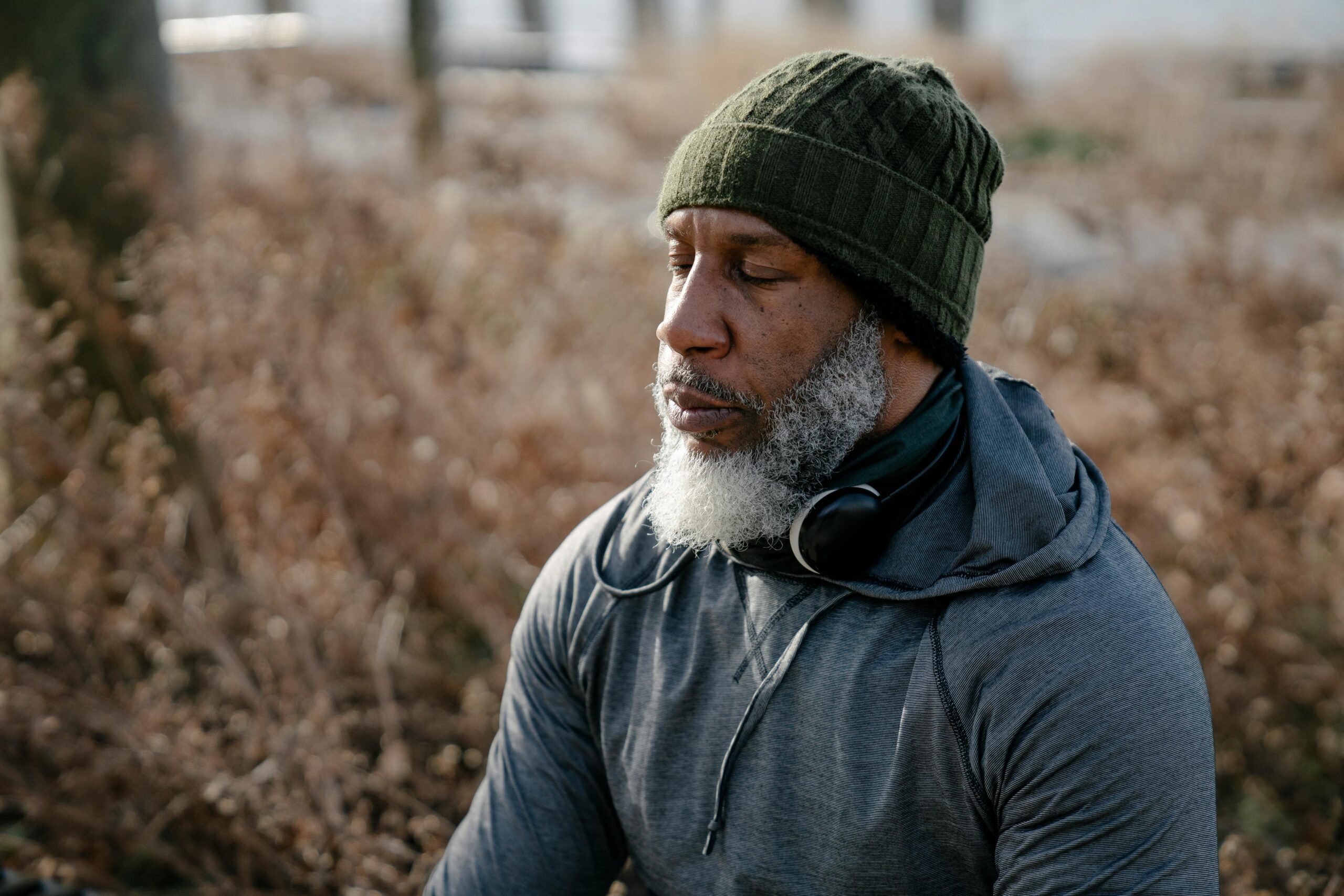12 Surprising Ways Stretching Can Improve Your Health
Regular stretching is a simple and effective way to improve your overall health. It helps keep your muscles flexible and promotes better posture. Incorporating stretching into your routine can reduce the risk of injury and alleviate muscle stiffness. Stretching also encourages blood flow, which supports muscle recovery and overall wellness. By making stretching a habit, you can enhance your physical and mental well-being.
This post may contain affiliate links, which helps keep this content free. Please read our disclosure for more info.
Improves Flexibility

Stretching regularly helps maintain and improve flexibility in your muscles and joints. Increased flexibility enhances your range of motion, making everyday activities easier and more comfortable. You can stretch at any time, but doing so after a warm-up is ideal for preventing injuries. A few minutes of stretching each day can gradually increase your flexibility and reduce stiffness.
Stretching also helps improve posture by lengthening tight muscles that pull your body out of alignment. For example, stretching your hip flexors and hamstrings can help relieve lower back pain. It is best to incorporate flexibility exercises after light physical activity to avoid strain. A consistent stretching routine can make a noticeable difference in your overall mobility.
Reduces Muscle Tension

Muscle tension can build up from daily stress, poor posture, or lack of movement. Stretching helps to release this tension and promote relaxation in the muscles. Spending just 5–10 minutes stretching after a long day at work can make a significant difference in how relaxed your body feels. Gentle stretching in the evening can prepare your body for a restful night of sleep.
By stretching, you reduce the risk of muscle cramps and discomfort. When muscles are stretched properly, it allows for better circulation, which aids in muscle recovery. Focusing on areas that tend to get tight, such as the neck, shoulders, and back, can help you feel more at ease throughout the day. Stretching also encourages the body to release endorphins, which contribute to reduced stress and anxiety.
Enhances Posture

Regular stretching can improve your posture by lengthening muscles that become shortened from prolonged sitting or standing. Tight muscles, particularly in the back, hips, and chest, can pull the body out of alignment. By stretching these areas regularly, you can relieve the tension that causes slouching and poor posture. You can stretch for 10–15 minutes each day to address these imbalances and develop a more aligned body.
When your muscles are flexible and balanced, it is easier to maintain a healthy posture throughout the day. Stretching helps strengthen the muscles responsible for supporting your spine, reducing the strain on your back. Make it a habit to stretch daily, especially if you spend long hours at a desk. Stretching before and after work can help prevent the stiffening effects of sitting for long periods.
Increases Blood Circulation

Stretching helps improve blood flow to your muscles, which provides them with oxygen and nutrients needed for recovery. Increased circulation helps to alleviate fatigue and speeds up the healing process after exercise. Stretching after a workout, for example, can help your muscles recover more quickly and reduce soreness. Doing stretches regularly, especially after intense physical activity, can enhance your athletic performance.
Stretching also supports cardiovascular health by promoting better circulation throughout the entire body. When muscles are stretched, blood vessels expand, allowing for more efficient circulation. This increased blood flow can help regulate blood pressure and encourage overall heart health. Take a few minutes every day to focus on deep stretches to keep your circulation flowing smoothly.
Prevents Injuries

By increasing flexibility and mobility, stretching reduces the risk of injury during physical activity. Stretching before exercise prepares your muscles for movement and helps prevent strains or sprains. It is important to stretch both dynamically before a workout and statically after to support muscle health. Stretching regularly can also prevent overuse injuries by balancing out muscle tension and promoting proper alignment.
Even if you are not particularly active, stretching still plays a vital role in injury prevention. It helps maintain healthy muscle function by preventing muscle tightness, which can lead to muscle imbalances. Stretching areas like the calves, hamstrings, and quads helps keep your muscles from becoming too tight or weak. It is beneficial to stretch at least 2–3 times per week to maintain muscle balance and reduce injury risk.
Improves Mental Clarity

Stretching is not only good for your body, but it also benefits your mind. By incorporating stretching into your routine, you can reduce stress and clear your mind. It provides a moment of mindfulness where you focus on your breath and body, helping you feel more grounded. Whether you stretch in the morning or before bed, it can set a calming tone for the day or promote relaxation before sleep.
When you stretch, you encourage your body to release endorphins, which are known to improve mood and reduce anxiety. A brief stretch session helps calm the nervous system and clear mental clutter. Taking a few minutes each day to stretch can promote better mental clarity, making it easier to focus on tasks. Stretching can serve as a mental break, improving your mood and productivity.
Improves Balance and Stability

Stretching enhances your balance by promoting flexibility and strengthening the muscles that support your joints. This is particularly important as we age, as good balance can prevent falls and improve overall mobility. A combination of stretching and strengthening exercises is best for improving stability. Daily stretches targeting the lower body can help you maintain your balance as you get older.
Stretching helps improve the flexibility of muscles around your ankles, knees, and hips, which are essential for stability. Whether you are walking, standing, or engaging in physical activity, having a stable foundation supports the entire body. A regular stretching routine that targets your legs and core will help maintain balance and prevent falls. Aim for stretches that involve the legs and hips to enhance overall stability.
Promotes Better Sleep

Stretching before bed can help relax the body and prepare it for restful sleep. When you stretch, you release muscle tension that could interfere with falling asleep or staying asleep. Gentle stretching encourages the body to relax, calming the nervous system. A simple stretching routine lasting 5–10 minutes before bed can improve the quality of your sleep.
By incorporating stretching into your nightly routine, you can alleviate the physical discomforts that may disrupt your sleep. Stretching your lower back, hips, and legs can relieve the tension that builds up during the day. It is especially beneficial for people who suffer from insomnia or restlessness. A relaxing stretching session before bed may help you unwind and improve your sleep patterns.
Supports Joint Health

Stretching helps keep your joints mobile and healthy by promoting flexibility in the muscles and connective tissues that surround them. Regular stretching can reduce stiffness, allowing for better movement and comfort. Stretching exercises such as shoulder rolls and hip openers can improve joint function by increasing synovial fluid, which lubricates the joints. Incorporating stretches into your daily routine helps protect your joints from wear and tear.
Maintaining joint health is crucial as we age, and stretching is a low-impact way to improve mobility. Stretching can prevent joint stiffness, which often leads to discomfort or even arthritis. Stretching regularly, especially after long periods of sitting, helps keep your joints moving freely. It is important to stretch all areas of the body, including the neck, back, shoulders, and hips, to support joint health.
Boosts Athletic Performance

Stretching is an essential part of a proper warm-up and cool-down for athletes. It improves muscle flexibility and prepares the body for intense physical activity. By stretching before exercise, you enhance your range of motion, which can improve your performance in various activities. Regular stretching helps athletes perform better by allowing for more fluid and controlled movements.
Stretching also aids in recovery after intense physical activity. It promotes blood flow to the muscles, which helps clear out metabolic waste products that build up during exercise. Stretching after a workout helps reduce soreness and prepares the muscles for future exercise. For athletes, stretching can enhance overall performance, reduce recovery time, and prevent injuries.
Relieves Headaches

Stretching can provide relief from tension headaches caused by stress, poor posture, or muscle tightness. By stretching the neck, shoulders, and upper back, you can release the tension that contributes to headaches. Gentle stretching can help improve circulation to the head and neck, reducing the pain and discomfort caused by headaches. Daily stretches can also reduce the frequency of tension headaches over time.
For those who experience frequent headaches, regular stretching can be a preventive measure. By focusing on stretches that target the muscles in the neck, upper back, and shoulders, you can alleviate the strain that leads to headaches. It is beneficial to stretch these areas throughout the day, especially if you spend long hours in one position. A consistent stretching routine can significantly improve your quality of life by reducing headache-related discomfort.
Promotes Healthy Aging

Stretching is an important part of healthy aging. As we get older, muscles tend to lose flexibility, and joint mobility declines. Regular stretching helps slow down the aging process by maintaining flexibility and reducing stiffness. By stretching daily, older adults can maintain their independence and mobility well into their later years.
Stretching also supports better circulation, which is essential for overall health. It promotes better oxygenation of tissues, helping to prevent age-related ailments such as cardiovascular issues or reduced lung capacity. A consistent stretching routine can help seniors stay active and independent, reducing the risk of falls and maintaining quality of life. Stretching is a simple and effective way to support healthy aging and promote longevity.
Regular stretching offers numerous benefits for overall health and well-being. From improving flexibility to reducing muscle tension, making stretching a part of your routine can enhance your physical and mental health. Whether you are looking to prevent injuries, improve posture, or support better sleep, stretching plays a key role in achieving these goals. Commit to a consistent stretching routine, and you will experience positive changes in your health over time.
This article originally appeared on Avocadu.
